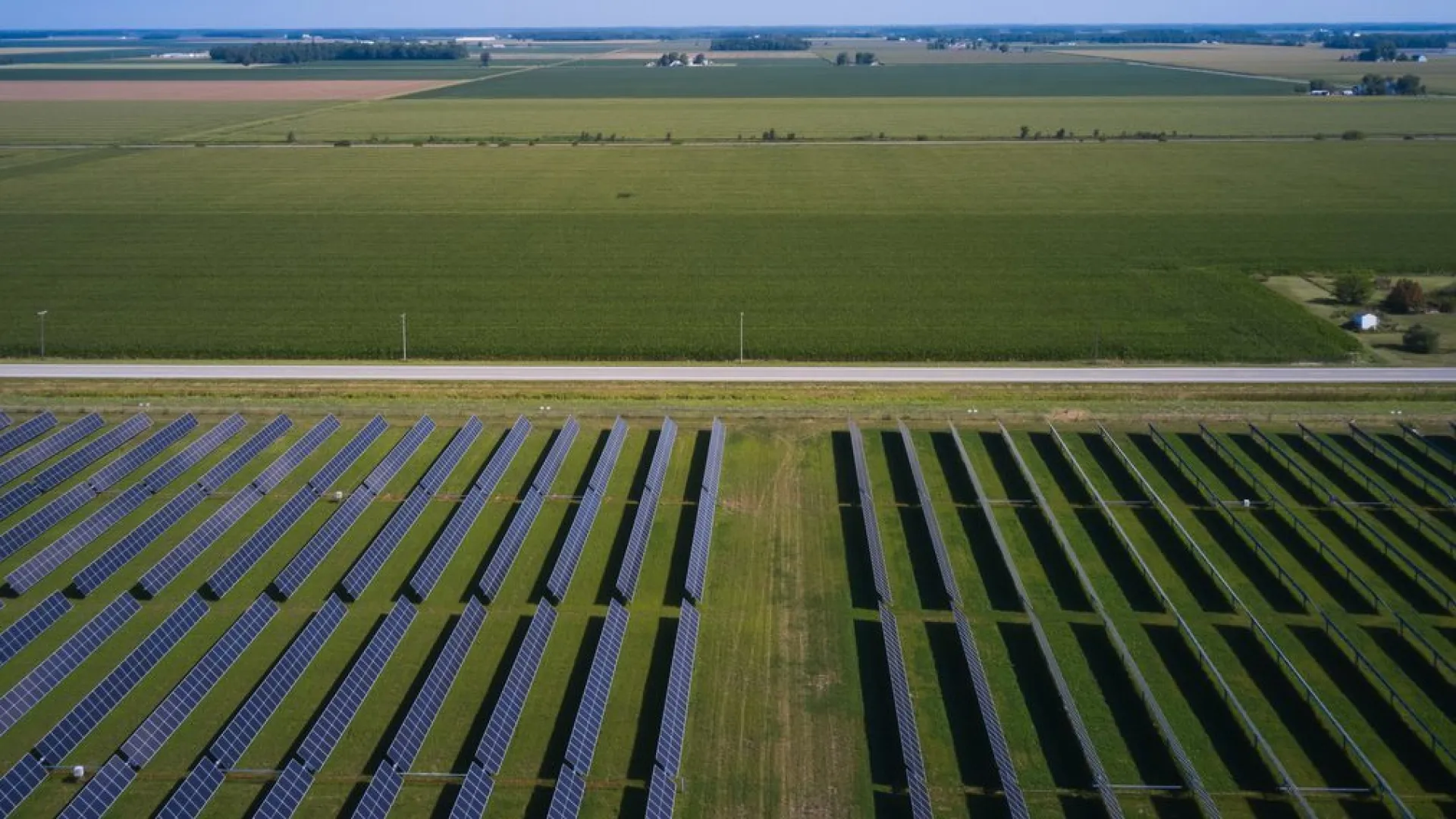
Powering Ahead: Accelerating Solar to Meet America’s Energy Needs
EDPR Introduces Three Utility-Scale Solar Projects Ready for Offtake in Indiana and Illinois
As electricity demand surges across the U.S., utilities are under increasing pressure to provide their customers with clean, reliable, and affordable energy. For many large energy buyers, the approaching expiration of Section 48E solar tax credits adds new urgency to advance their clean energy strategies.
Recent analysis underscores that solar and onshore wind continue to be the quickest, most cost-effective forms of energy generation deployable, with a lower levelized cost of energy than coal or natural gas – even without subsidies.
“Renewable energy will continue to play a key role in the buildout of new power generation in the U.S. as the lowest-cost and quickest-to-deploy generation.”
--Lazard 2025 Levelized Cost of Energy Report
When affordable, reliable energy is the goal; solar and onshore wind deliver the goods. In such a dynamic energy environment, the challenge for utilities is clear: how to secure power that’s dependable when needed and stable in price over the long term. With a long-term, fixed-cost power purchase agreement (PPA), energy buyers can be sure that the cost they pay for power today will not experience massive price fluctuations.
Price Spikes Hit the Heartland
While California and Hawaii have traditionally been known as the states with the highest utility rates, this is no longer the case. Indiana residents were hit this year with the highest year-over-year price increase since 2005, according to one report. Worsening winters and blazing-hot summers aren’t the only reasons why. Higher energy demands from data centers and AI are arriving at the same time that infrastructure upgrades and grid-resilience measures are needed, according to the Indiana Energy Association, which represents the state’s investor-owned utilities. Blazing-hot summers account for some of the demand, combined with higher energy demands from data centers. Infrastructure upgrades and grid-resilience measures are necessary to ensure reliability, according to the Indiana Energy Association, which represents the state’s investor-owned utilities.
Grid-Ready Power, Ready for Offtake
In this environment, utilities and other large energy buyers need consistent sources of low-cost energy. Mature, shovel-ready projects offering long-term, fixed-cost PPAs provide a reassuring solution. EDPR has three of these projects scheduled to come online in 2027, before tax credits end.
Continuing its long tenure of successful renewable energy development in Indiana, EDPR will soon break ground on two new solar projects: Black Prairie, a 200MW project in White County, and Riverstart Solar V, a 100MW solar farm in Randolph County. Both Black Prairie and Riverstart V will be ready for offtake in 2027, leveraging the full tax credit advantages available to the projects to deliver low-cost electricity as Indiana power needs surge.
In Illinois, EDPR has secured full site control and interconnection agreements on the Moonshine project, a 150MW solar farm in Casey, Illinois. Moonshine is also expected to reach commercial operation in 2027.
Homegrown Energy
As advanced computing needs continue to push power demands ever higher and local economies shift, energy providers can play a key role in developing homegrown clean energy with benefits that go far beyond power. Each of the projects mentioned in this article creates good local jobs, creates new revenues for local landowners, and adds to the local tax base—benefiting schools and public services.
With more than 11,600 MW of operating solar, wind, and energy storage facilities, EDP Renewables North America provides clean, reliable power to the equivalent of more than 3.1 million homes across the U.S., Canada, and Mexico. The ripple effect from more than $16.8 billion in capital investment to date provides innumerable benefits to local communities.
EDPR takes an intentional approach to community involvement, knowing their projects will support local needs for decades to come. This commitment shows up not only in school budgets but in the work of local nonprofits like Future Farmers of America and 4-H, as well as through educational tours and outreach to local students. Utilities that partner with EDPR often discover many shared interests in supporting local communities.
Looking ahead
As energy demands rise and pressure mounts to deliver power that is not only reliable and affordable but also cleaner, the path forward is becoming increasingly clear: Solar energy, often paired with storage, and delivered through long-term PPAs, offers utilities and energy buyers a strategic, long-term solution that’s available today.
Learn more about EDPR NA utility-scale projects, and for more information, please reach out to Will Rankin and Christopher Baxter.



